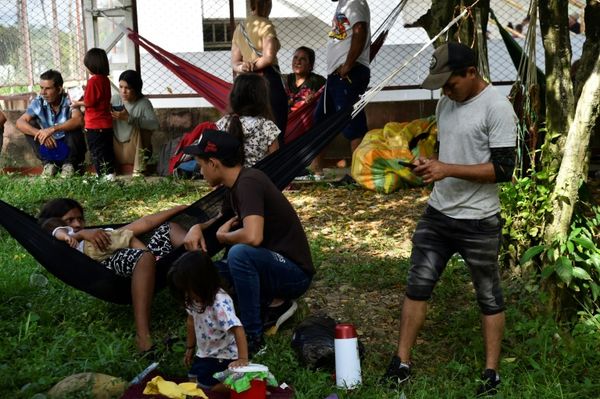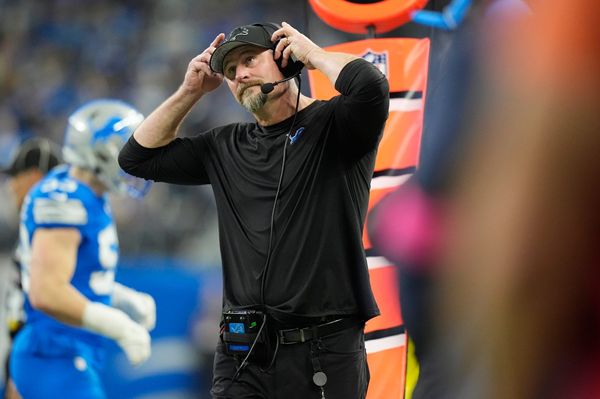
I try not to make excuses so I’m just going to tell the truth: everything in my garden is dead. The drought was fierce and I was sick, distracted. I couldn’t bear to look at it but I’m trying to look now.
It feels like sitting in a crypt. I’ve pulled up a damp chair and I am surrounded by skeletons, the limbs of my perennials dried, bent and snapped. The hydrangea’s flowers have turned to ghostly brown lace too soon, drooping leaves turned almost black like prayer flags. There is copper, rust and blood; piles of viburnum leaves dropped early in fright. The penstemon looks as if it has been set alight then frozen, its orange flames still and hellish. When the rains finally came, too late, the parched snails came out of hiding and ate everything that was left. Talk about overkill.

Dead plants trigger strange feelings. I name them, like a kind of emotional botanist. There is sadness. Grief has wrapped itself around anxiety. That’s shame over there, and this tangle is me feeling simultaneously culpable and yet completely powerless. I think about climate change. I think about my own ailing body and how I struggle to take care of things now. Everything is a metaphor for everything else.
It’s important to do this, I think. It’s important to sit out here and face it because now I’m here, I can see not everything is dead – far from it. Strawflowers continue to quietly open and close in among their ruined neighbours. Sunflowers with deep roots tower overhead. Verbena bonariensis has thrown its purple fireworks all over the patio and there is still the buzz of bees.
If everything really had been lost, it would be easy to give up and walk back into the house, but a single late rose makes me get up and shuffle over to bury my nose in it. I could fetch my trowel and secateurs. I could at least restore some dignity to all of this that was left in my care and resolve to try again.
• Country Diary is on Twitter at @gdncountrydiary







